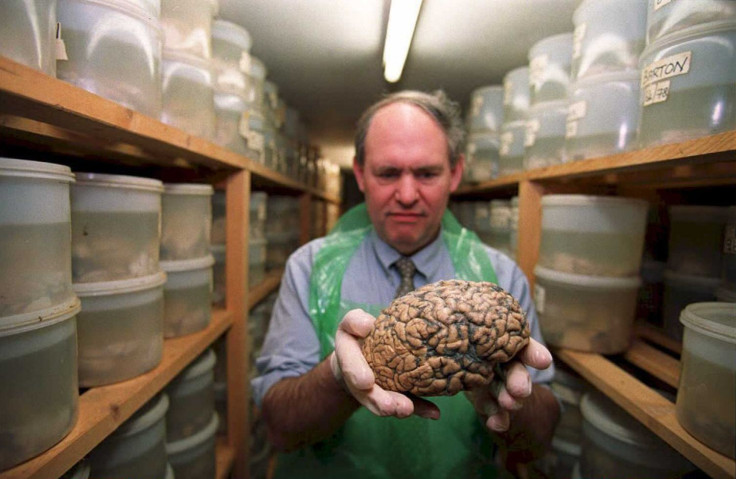100 Human Brains Missing From University Of Texas Were Destroyed, Says School

The University of Texas says that 100 human brains it reported missing earlier this week were in fact destroyed over a decade ago.
Environmental workers disposed of the brains in 2002, after it was determined that they were in poor condition and no longer suitable for use in research or teaching.
"We believe the workers disposed of between 40 and 60 jars, some of which contained multiple human brains, and worked with a biological waste contractor to do so safely," the university said in a statement cited by Reuters.
News of the brains' disappearance spread on Tuesday, and lead to speculation from some faculty members that the disappearance may have been the work of pranksters.
"It's entirely possible word got around among undergraduates and people started swiping them for living rooms or Halloween pranks," psychology professor Lawrence Cormack told the Associated Press.
The brains were donated to the university by Austin State Hospital, a psychiatric institution, in the 1980s. It was believed that one of the brains donated belonged to Charles Whitman, who killed 16 people in a 1966 sniper attack from the university's clock tower. But university officials told the Los Angeles Times that there was no evidence Whitman's brain was among those donated to the school.
Not everyone, however, accepted the university's explanation for the brains disappearance. Alex Hannaford, co-author of “Malformed: Forgotten Brains of the Texas State Mental Hospital,” told the New York Times: “I don’t buy it. ... These jars were designed to hold one brain, and I find it hard to believe that if 40 jars were disposed of, that accounted for all the brains.”
The university said it would continue to investigate the decision to dispose of the brains and the handling of the remaining specimens in the collection, according to Reuters.
© Copyright IBTimes 2024. All rights reserved.












